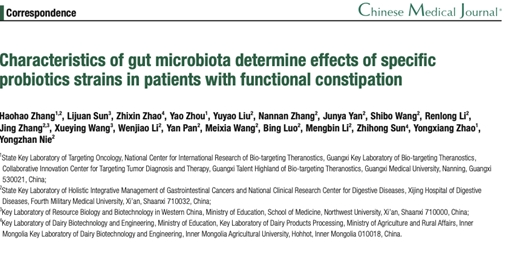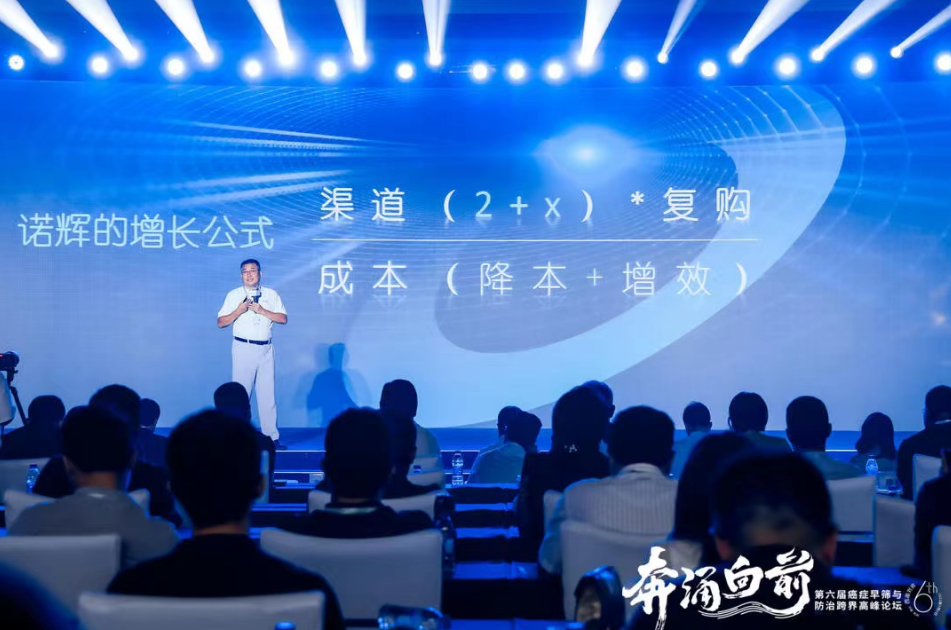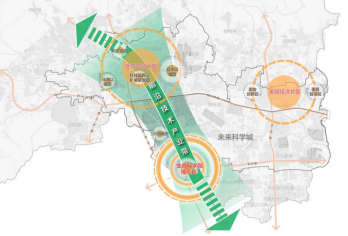Travis C. Glenn1,2, Tawnya Cary2, Mandy Dust1, Susanne Hauswaldt1,2, Kelly Prince2, Clifton Ramsdell2, and Irma Shute3
Address: 1Savannah River Ecology Lab 2Dept. Biol. Sci.; or 3Medical School
Drawer E University of South Carolina
Aiken, SC 29802 Columbia, SC 29208
Telephone: (803) 725-5746 (5881 – lab) (803) 777-4606
Fax: (803) 725-3309 (803) 777-4002
E-mail: Glenn@srel.edu Travis.Glenn@sc.edu
Below we present explicit step by step protocols that we used in the 5-week summer class, Biology 656, at the University of South Carolina. We used these protocols to construct libraries, screen those libraries, and determine flanking sequences, in 3 birds, 3 reptiles, 2 mammals, 2 insects, 1 amphibian, and even one species of micro-crustacean. In theory, this protocol will work for any eukaryotic organism (i.e, anything with an appreciable number of microsatellites); or any other chunk of DNA you can capture with an oligonucleotide. The biggest differences among species are: 1) how the initial DNA sample is isolated, and 2) which microsatellites occur most frequently, and thus are targeted for enrichment " isolation (though this is less of problem when mixtures of oligos are used).
We have built upon the approach outlined in Hamilton et al. (1999), which derives from Armour et al. (1994) and Kandpal et al. (1994). Many people have published their variations along this theme. Using hybridization capture for enrichment of microsatellites is now in widespread use because it is faster and easier to do with multiple samples than the original enrichment described by Ostrander et al. (1992; see ftp://onyx.si.edu/protocols/MsatManV6.rtf for step by step protocols for U-DNA enrichment). We aren’t doing anything terribly unique relative to other labs, but we have brought together the best specific approaches from many protocols to reduce a lot of unnecessary time " steps from most other protocols out there. We hope you can use these protocols to help isolate microsatellites from your organism of interest.
TCG 7/00








